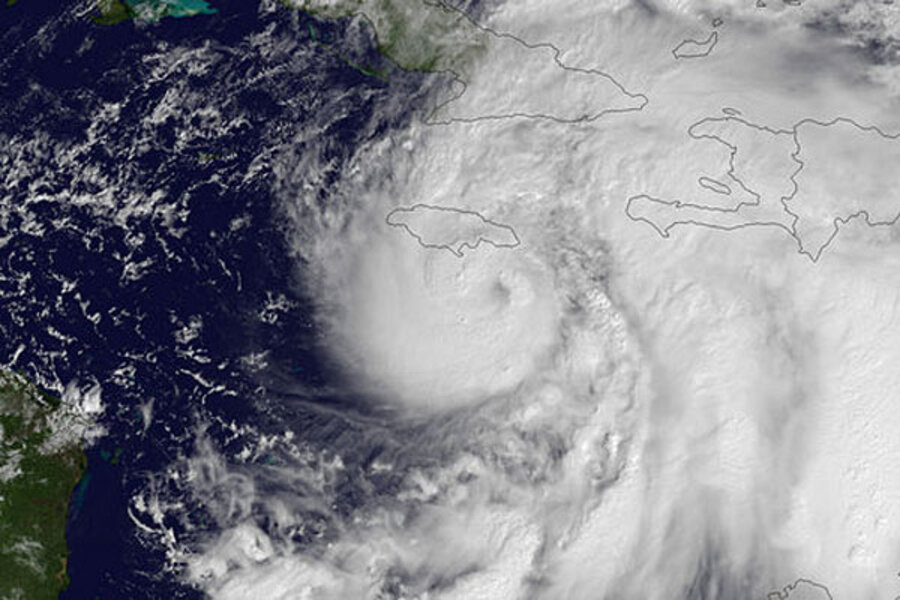Hurricane Sandy: Does a full moon cause high tides? How?
Loading...
Heaven and Earth may be aligning to turn Hurricane Sandy into a real monster, just in time for Halloween.
Forecasters expect Sandy to make landfall along the mid-Atlantic coast of the United States on Monday or Tuesday (Oct. 29 or 30). It may merge with a separate tempest hitting the region at about that time, creating an immensely powerful "Frankenstorm" whose effects could be magnified by the full moon.
When the moon waxes to its full phase Monday afternoon, high tides along the Eastern Seaboard will rise about 20 percent higher than normal, even without the help of Sandy's storm surge, said Joe Rao, a meteorologist for News 12 in Westchester, N.Y. (Storm surges occur when a hurricane's winds push the water surface above normal levels.)
"Add a big storm, and the full moon will only serve to exacerbate the situation by helping to accentuate the higher-than-normal water levels, possibly leading to moderate or major coastal flooding and beach erosion," Rao told OurAmazingPlanet via email.
A gravitational lag usually causes the highest tides to come a day or two after every full moon, he added.
"So the worst coastal flooding wrought by Sandy might actually come on Tuesday, all depending on exactly where and when the storm makes landfall," said Rao, who is also the Night Sky Columnist for OurAmazingPlanet sister site SPACE.com. [How to Prepare for Hurricane Sandy]
At full moon, the Earth, sun and moon are arranged in a line, with Earth in the middle. Tidal ranges are especially high at this time because the gravitational tugs of the sun and moon on our planet reinforce each other. The same effect is felt at new moon, when the three bodies all line up, with the moon between Earth and the sun.
Indeed, tides at the new and full moons are called "spring tides." The term has nothing to do with the season; it comes from the German verb "springen," which means "to spring up," Rao said.
Full and new moons have magnified storm impacts in the past, such as during the devastating "Ash Wednesday" tempest that rocked the U.S. East Coast in March 1962. The moon was full when this storm hit, but it was also at perigee — the point in its orbit when it comes closest to Earth — making things even worse.
A close lunar approach is one thing folks in Sandy's path don't have to worry about — small comfort, perhaps, but it's something.
"If there is any saving grace in this upcoming situation regarding Sandy, it is that Monday's full moon comes less than three days before it arrives at apogee (farthest from the Earth)," Rao said.
Mike Wall is a senior writer for SPACE.com, follow him on Twitter @michaeldwall. Follow OurAmazingPlanet on Twitter @OAPlanet. We're also on Facebook and Google+.
- In Images: Hurricane Season 2012
- A History of Destruction: 8 Great Hurricanes
- Amazing Hurricane Photos From Space
Copyright 2012 OurAmazingPlanet, a TechMediaNetwork company. All rights reserved. This material may not be published, broadcast, rewritten or redistributed.







